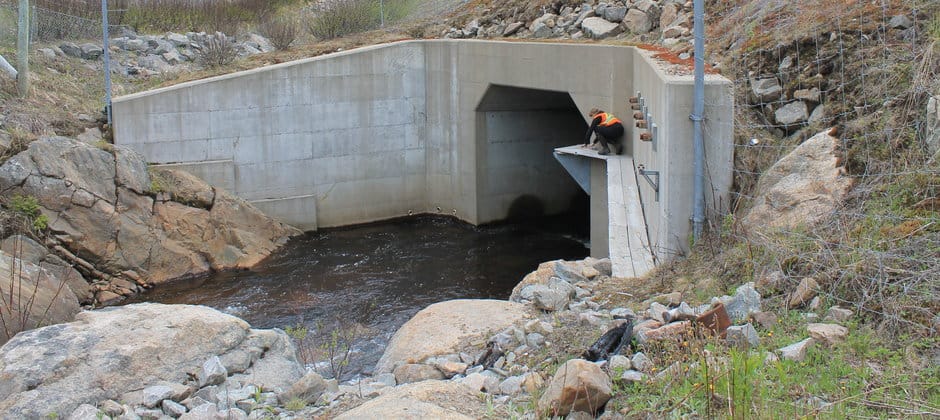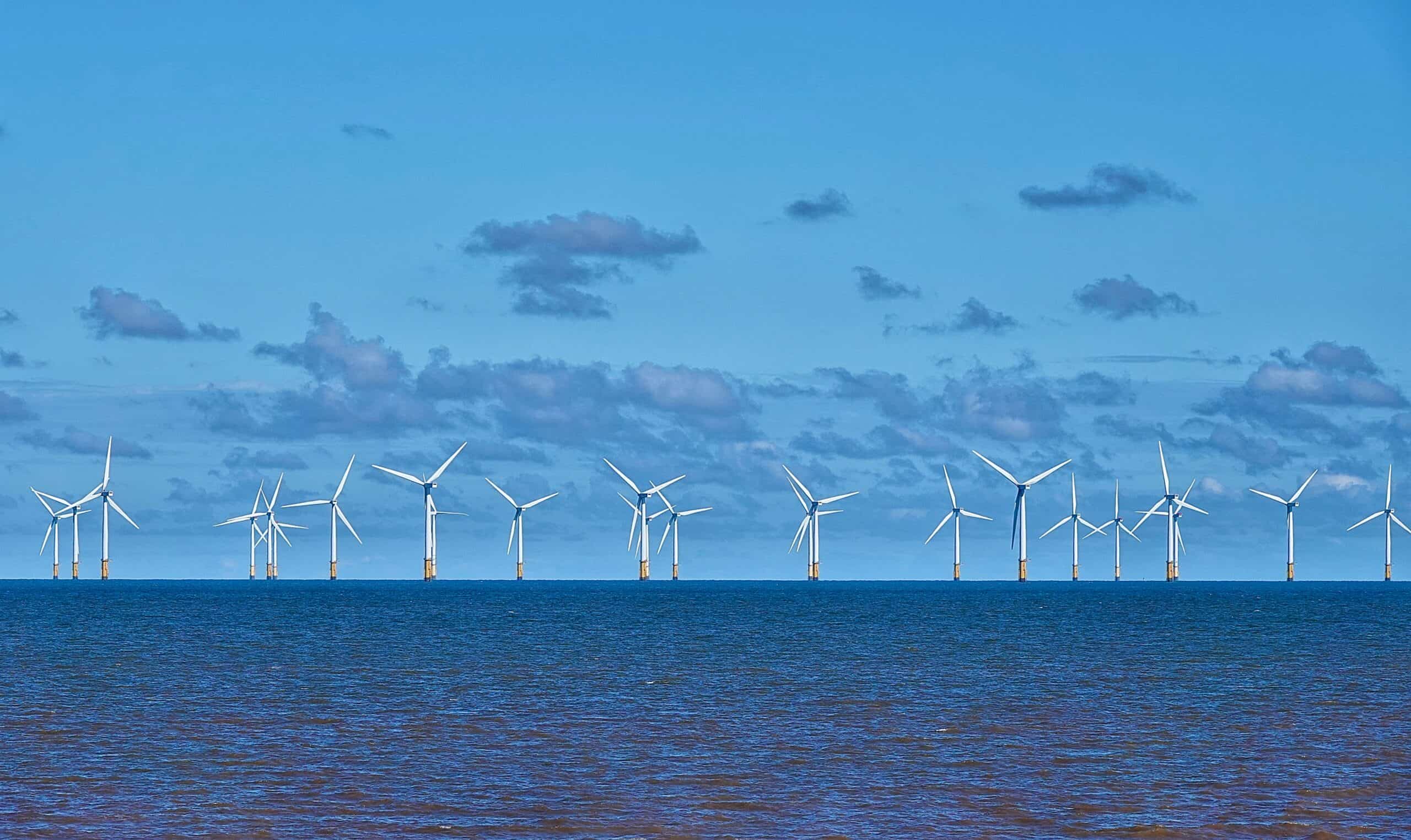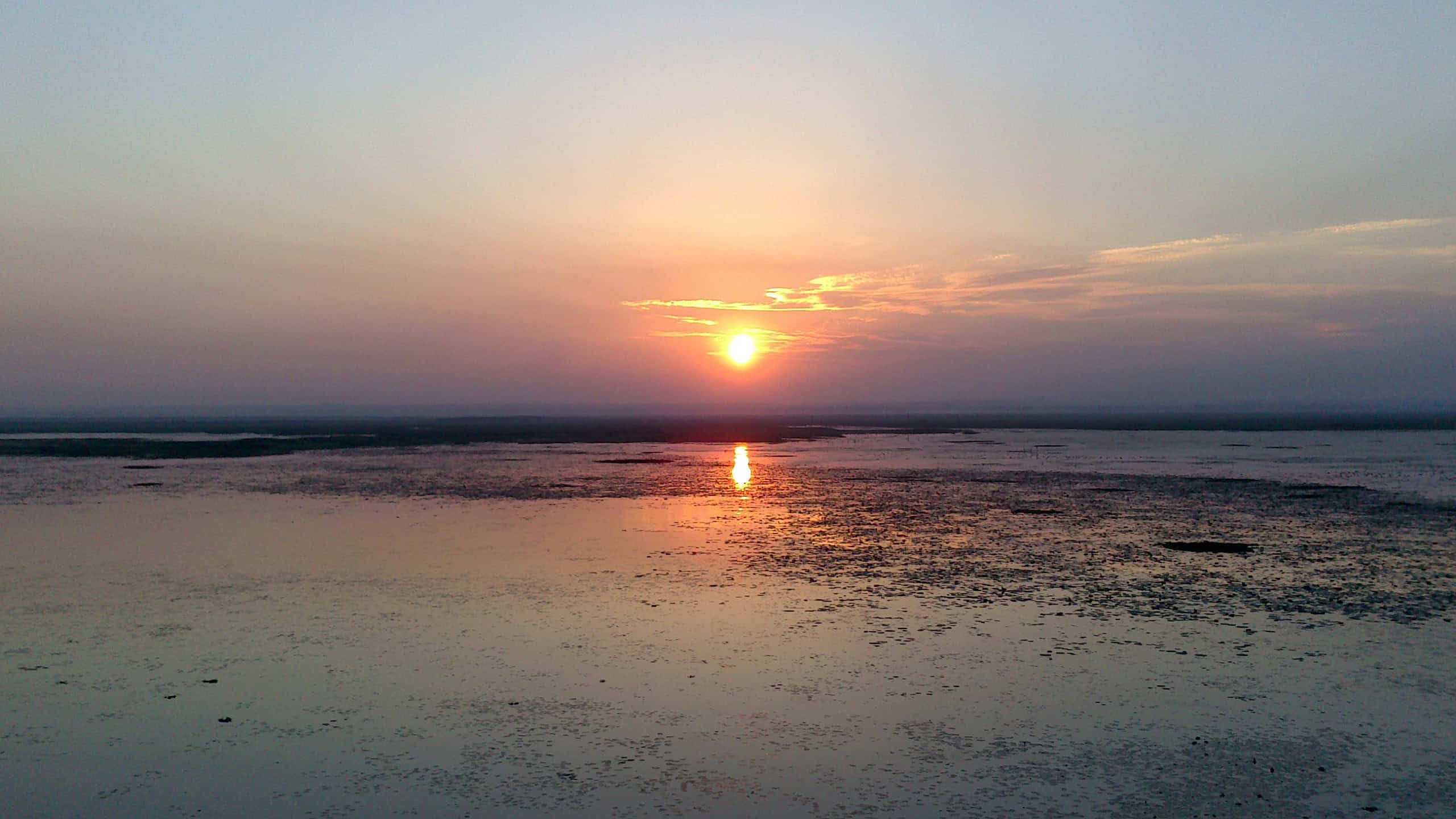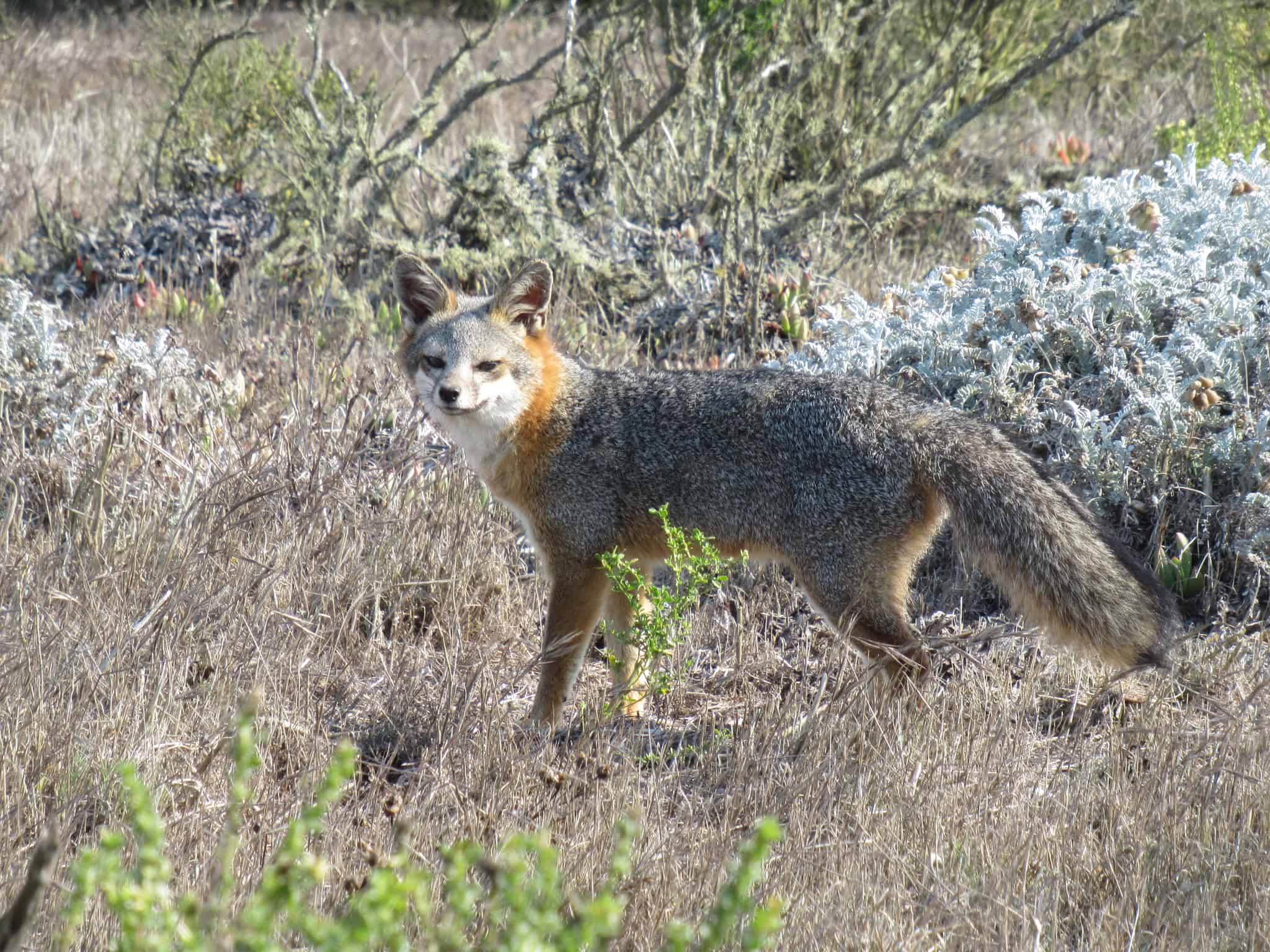Share this article
Wild Cam: Road underpass doesn’t trap small prey
Tunnels designed to help wildlife pass safely under major highways do not appear to trap small animals in Quebec, as some researchers had speculated.
While overpasses or underpasses built to help wildlife move past dangerous highways have been touted by many wildlife managers as a way to help reconnect fractured habitats, some have wondered whether predators might key in on these bottlenecks to target and trap their prey. If this is occurring, the enhanced danger presented to smaller prey species might cancel out the benefits those species receive from avoiding speeding cars.
But one study has found that, at least for small mammals in Quebec, this is not the case.
“Our fear of wildlife using passages to target prey doesn’t seem to be happening,” said TWS member April Martinig, a PhD candidate in ecology at the University of Alberta and the lead author of a study published recently in Scientific Reports.
Enlarge
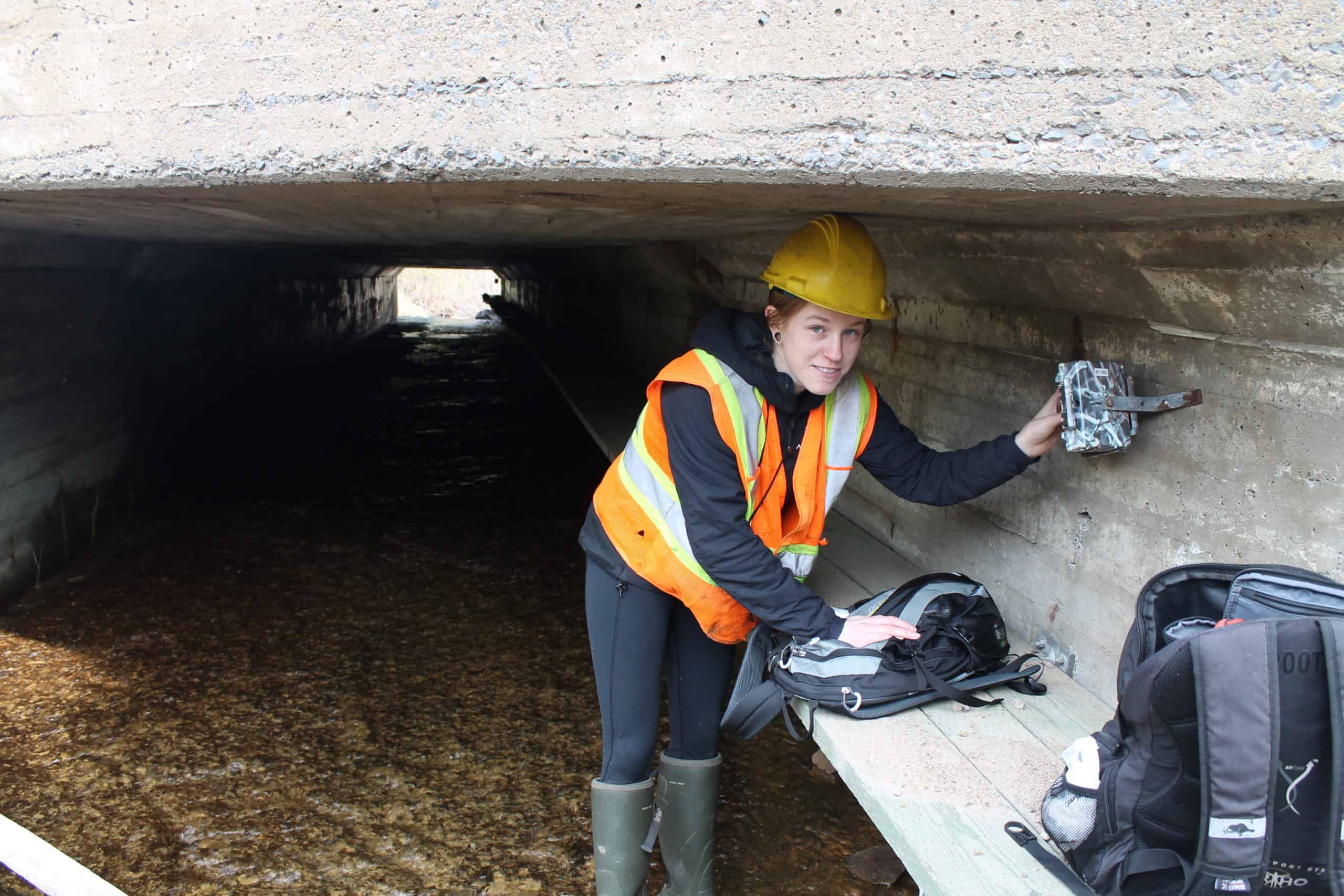
Credit: April Martinig
Martinig, pictured above, and her colleagues set up camera traps on either end of 17 highway underpasses in the Laurentian Wildlife Reserve north of Quebec City. The underpasses ranged in size from small, cylindrical tunnels to culverts tall enough for a person to comfortably walk through. Some were equipped with wooden or concrete ledges so animals could pass through without getting their feet wet in streams that passed through many of them.
From 2012 through 2015, the team tracked the predators and prey they saw passing through the underpasses. They paid particular attention to which animals followed which through the tunnels in an effort to see whether predators were tracking prey through these areas.
“There was a lot of time for the predators to get savvy to the prey,” Martinig said, adding that many of the culverts and passages had been built in the years preceding the study.
Enlarge
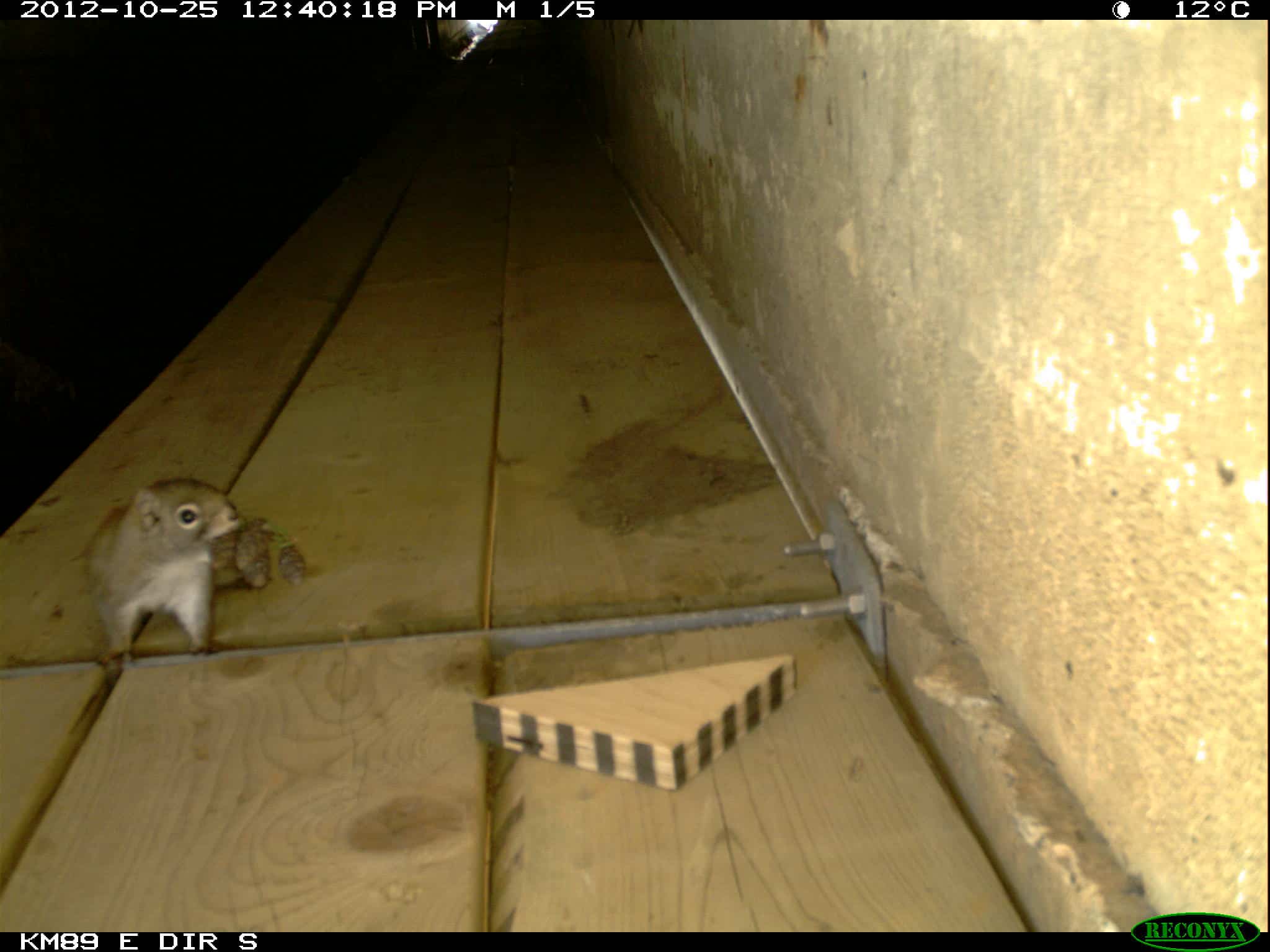
Credit: April Martinig
Martinig and her co-authors, Mahnoor Riaz and Colleen Cassady St. Clair, ended up with 227,720 photos, such as the one above showing an eastern chipmunk (Tamia striatus), producing a series of more than 11,000 independent sequences of passing animals that tracked how often prey followed prey versus how often predators followed prey.
“I just checked whether or not predators were targeting prey,” Martinig said. Predators followed prey significantly less often than would be expected from their abundance alone in 10 of the 17 passages; in the other seven there was no difference.
They saw predators like foxes, mink (Neovison vison) and weasels — like the unknown weasel species above, and prey species like eastern chipmunks (Tamias striatus), marmots (Marmota monax), common muskrats (Ondatra zibethicus), snowshoe hares (Lepus americanus), shrews, voles and mice.
Enlarge
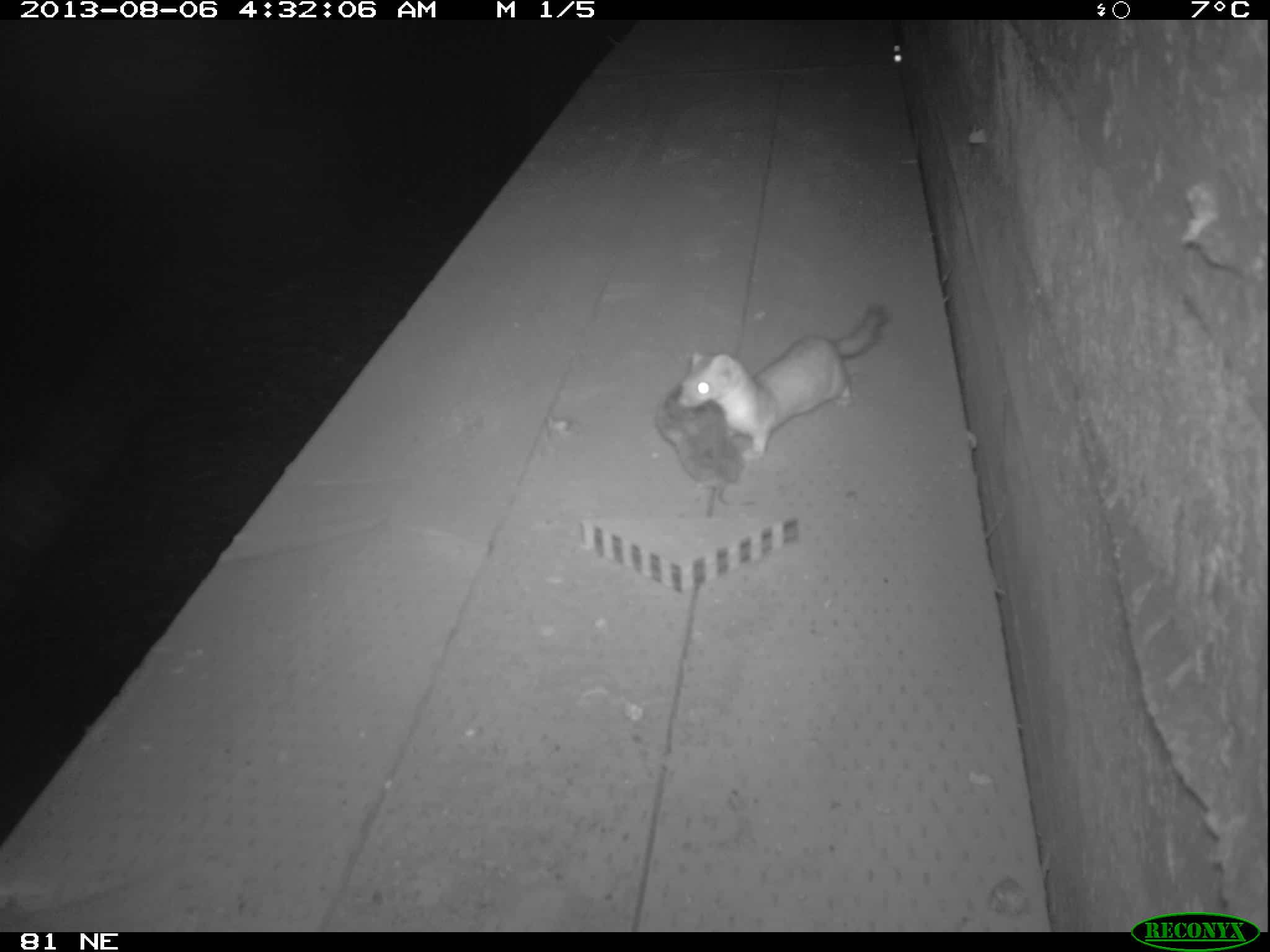
Credit: April Martinig
The footage showed a few examples of predators moving through the passages with prey in their mouths, such as the weasel pictured above with a small mammal, but no actual predations in the tunnels. In one instance, a weasel had apparently killed another weasel. “Weasels are ferocious little creatures,” Martinig said. But statistically, predators didn’t appear to be following the passage of prey.
Enlarge
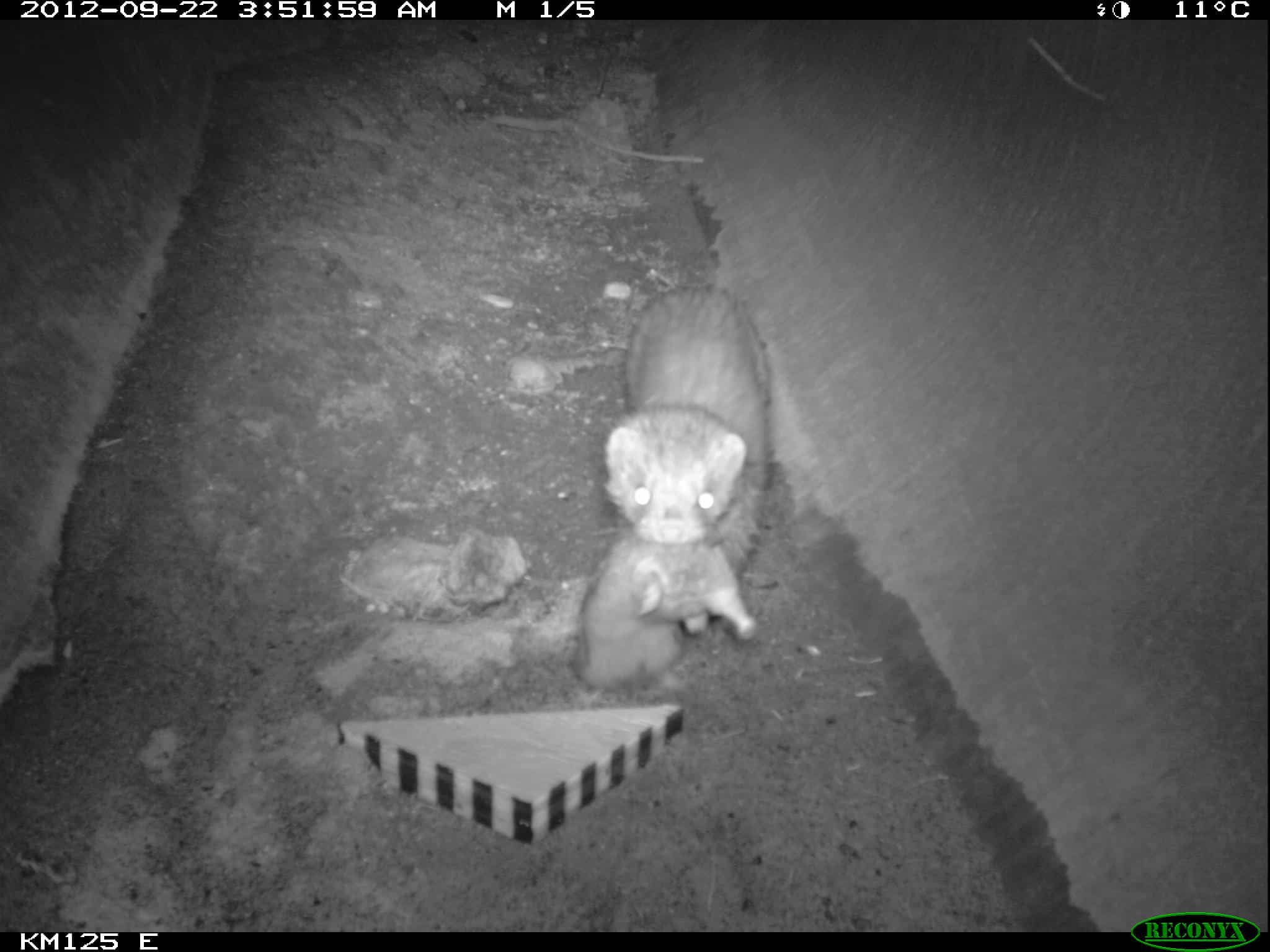
Credit: April Martinig
They did find that prey species passed through the tunnels after other prey significantly more often than expected. This may be partly “safety in numbers,” Martinig said, or the prey might be using scent cues to actively avoid predators.
The findings of this study are different from other results published recently in the Journal of Wildlife Management that show that larger predators like mountain lions (Puma concolor) and coyotes (Canis latrans) might be using underpasses to ambush prey in northeastern California.
But the authors of that study, TWS members Molly Caldwell, a scientific aide with the California Department of Fish and Wildlife, and Mario Klip, an environmental scientist with CDWD, noted that the passages in their study area of the Hallelujah Junction Wildlife Area are much wider, allowing for rabbits and rodents to live in these areas.
In that area, thousands of mule deer (Odocoileus hemionus) migrate through this area every year. Mountain lions track these herds, and the deer would then avoid the underpasses with high predator use.
Enlarge
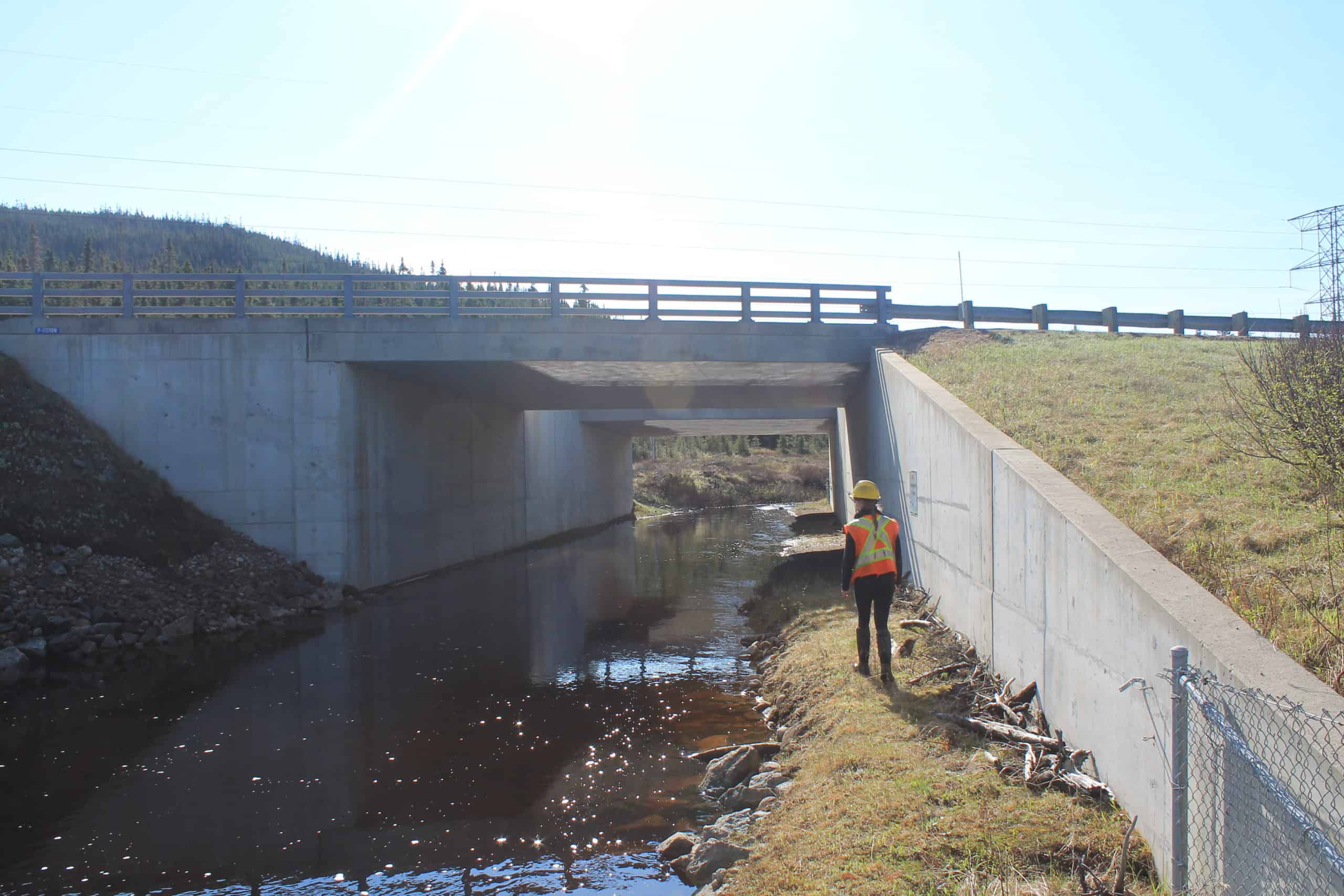
Credit: April Martinig
“With many different types of highway crossing structures that are located in diverse ecosystems, no one study can explain every system and results and management concerns should be considered on a case-by-case basis,” Caldwell said.
In the Laurentian Wildlife Reserve in Quebec, wildlife managers may not need to worry about taking predator exclusion measures at the passages, Martinig said.
Enlarge
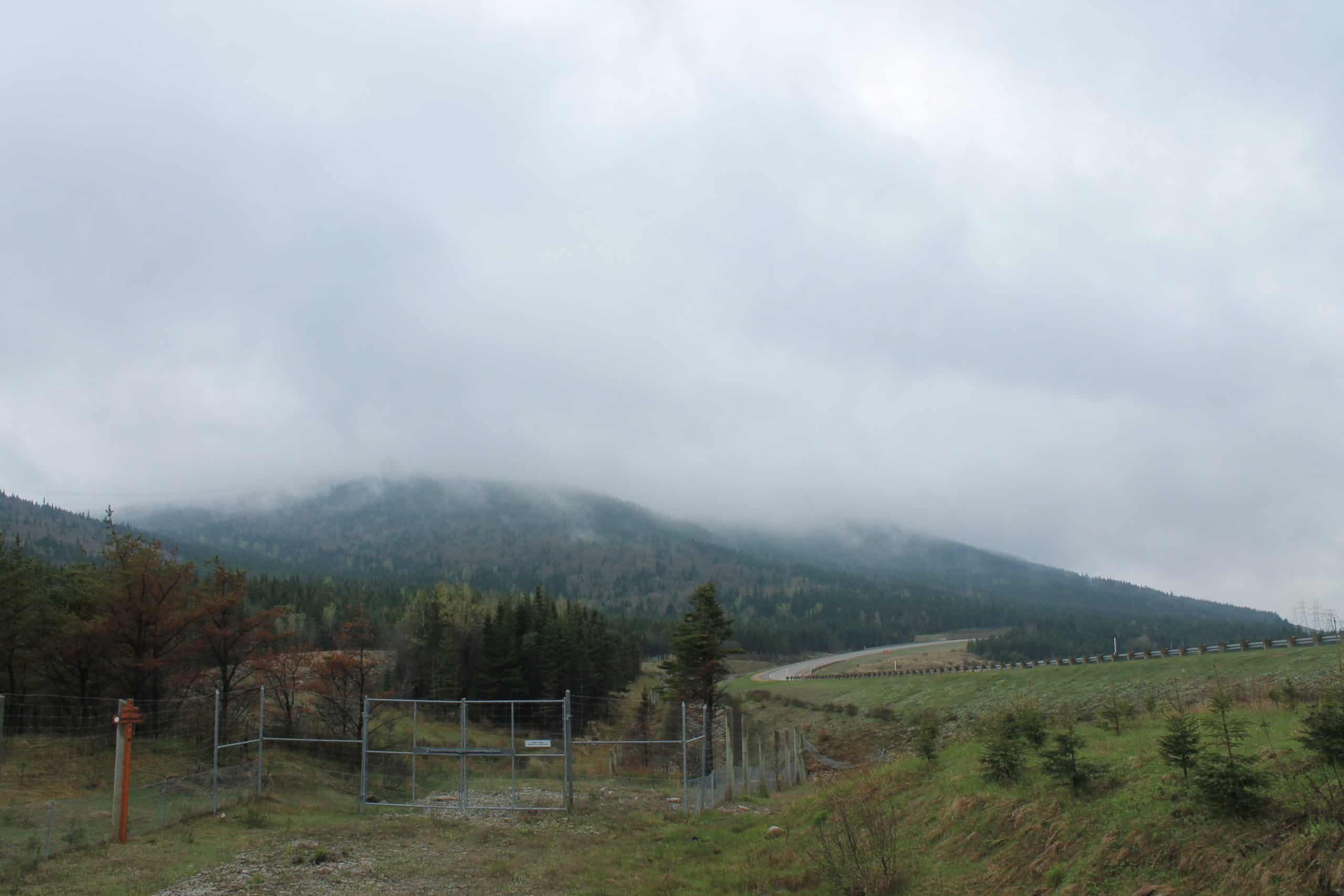
Credit: April Martinig
This photo essay is part of an occasional series from The Wildlife Society featuring photos and video images of wildlife taken with camera traps and other equipment. Check out other entries in the series here. If you’re working on an interesting camera trap research project or one that has a series of good photos you’d like to share, email Joshua at jlearn@wildlife.org.
Header Image: Researcher April Martinig works on a large tunnel under a highway passing through the Laurentian Wildlife Reserve. Credit: April Martinig



